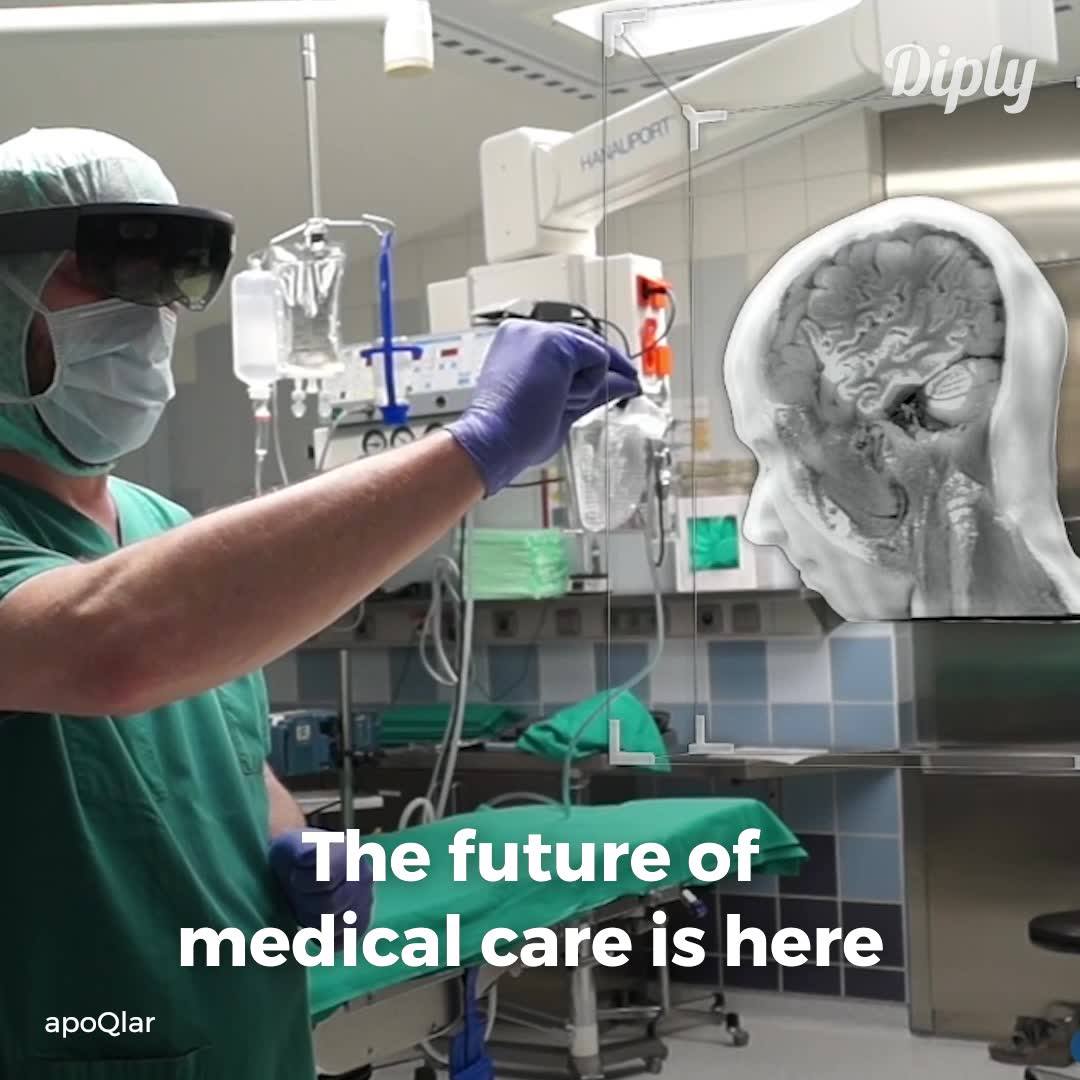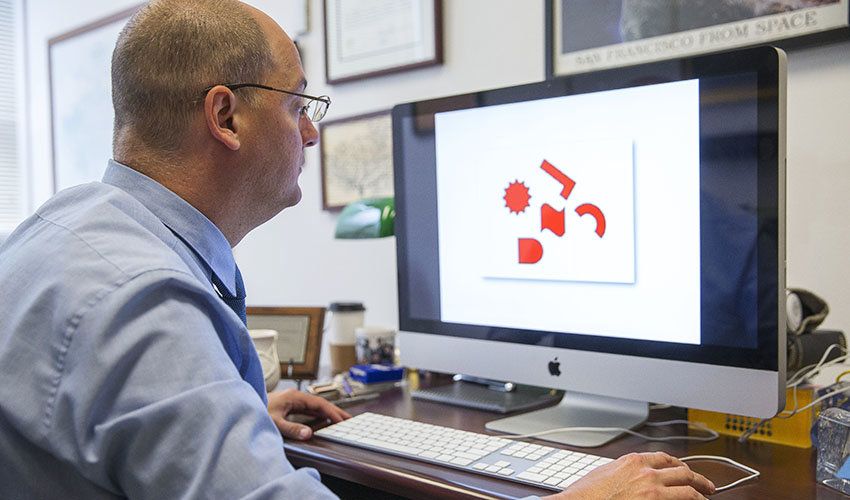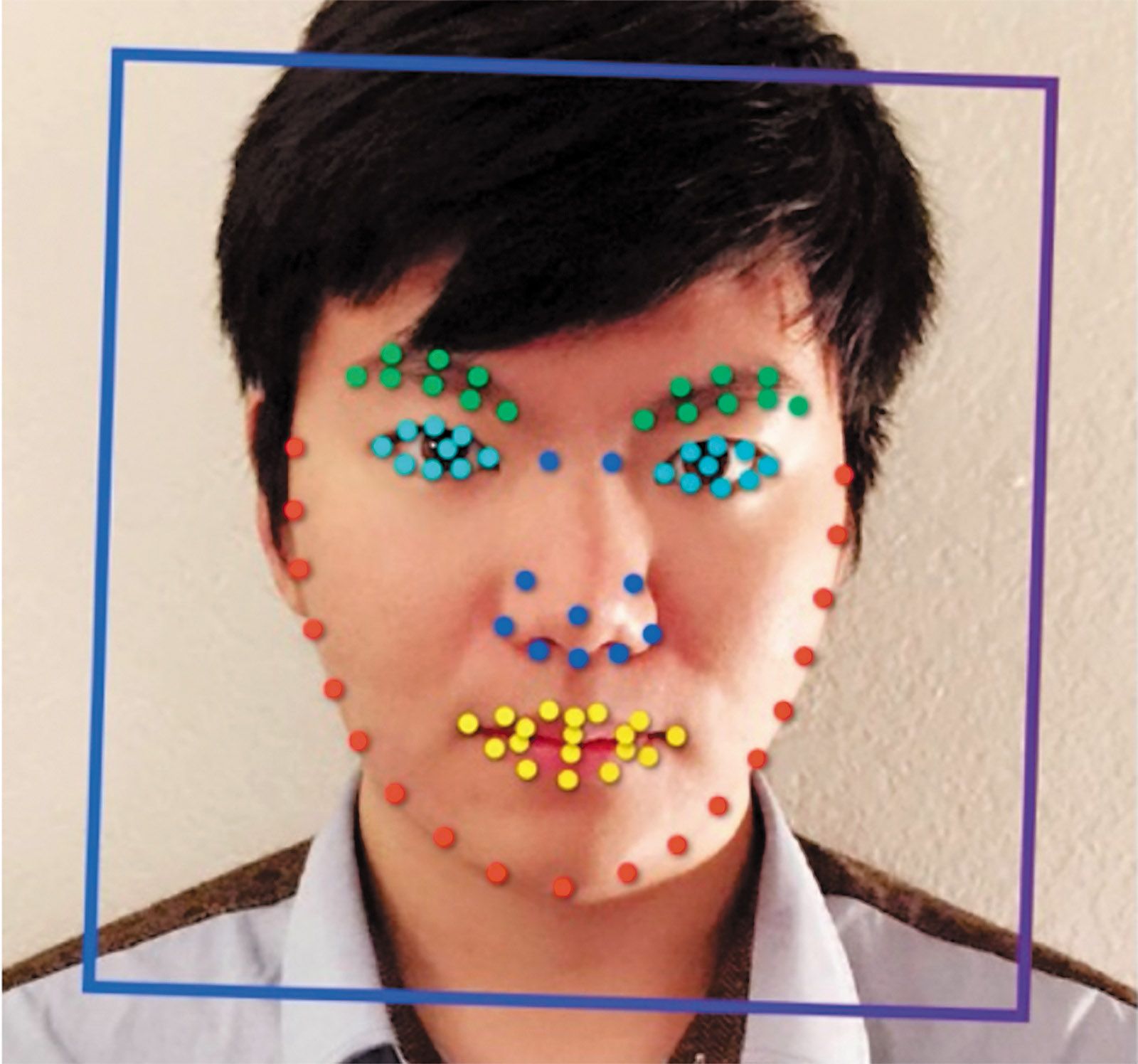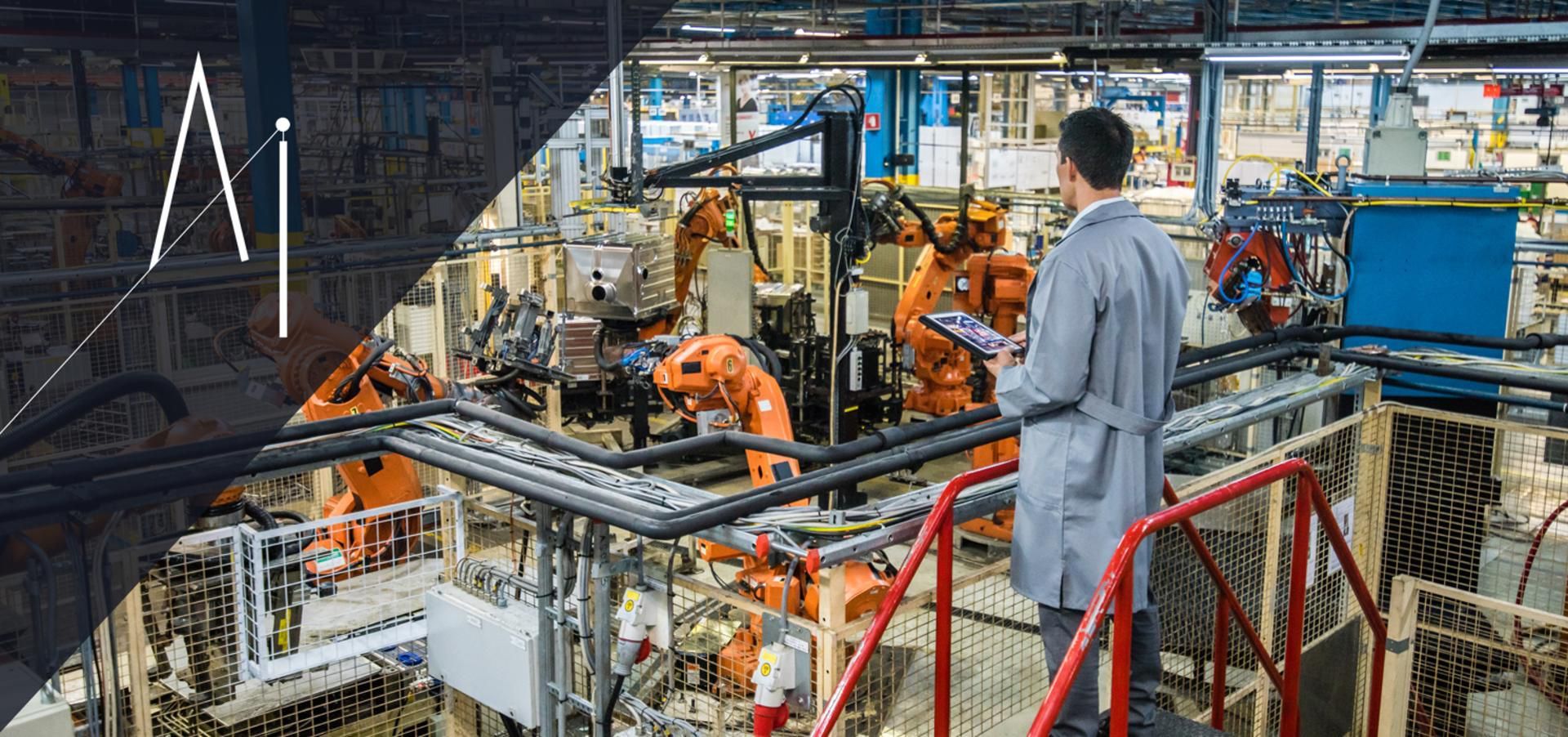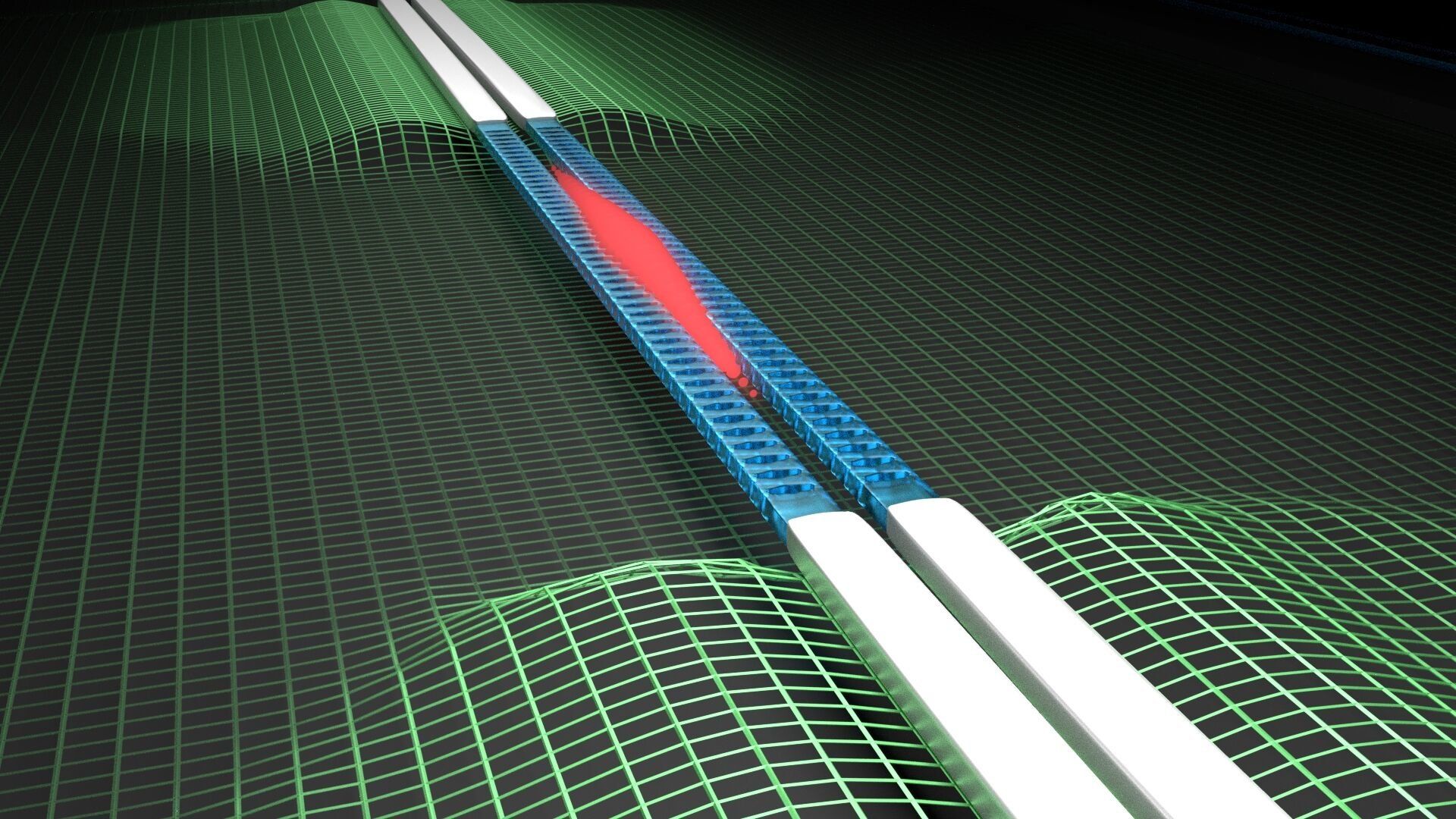Page 9643
Jul 23, 2018
Researchers explore how information enters our brains
Posted by Shailesh Prasad in category: neuroscience
Think you’re totally in control of your thoughts? Maybe not as much as you think, according to a new San Francisco State University study that examines how thoughts that lead to actions enter our consciousness.
While we can “decide” to think about certain things, other information—including activities we have learned like counting—can enter our subconscious and cause us to think about something else, whether we want to or not. Psychologists call these dispositions “sets,” explains SF State Associate Professor of Psychology Ezequiel Morsella, one of four authors on a new study that examines how sets influence what we end up thinking about.
Morsella and the other researchers conducted two experiments with SF State students. In the first experiment, 35 students were told beforehand to not count an array of objects presented to them. In 90 percent of the trials, students counted the objects involuntarily. In a second experiment, students were presented with differently colored geometric shapes and given the option of either naming the colors (one set) or counting the shapes (a different set). Even though students chose one over the other, around 40 percent thought about both sets.
Jul 23, 2018
NASA Funding Project To Turn Asteroids Into Spaceships: Report
Posted by Shailesh Prasad in categories: 3D printing, robotics/AI, space travel
NASA has recently announced it would give funds to a California-based 3D printing company for finding ways to turn asteroids into giant, autonomous spacecrafts, which could fly to outposts in space, the media reported.
Made In Space’s project, known as RAMA (Reconstituting Asteroids into Mechanical Automata), could one day enable space colonization by helping make off-Earth manufacturing efficient and economically viable, Space.com reported.
The company plans to use 3D printing to turn the asteroids into self-flying vehicles by 2030.
Continue reading “NASA Funding Project To Turn Asteroids Into Spaceships: Report” »
Jul 23, 2018
This Drug Combo Extends Lifespan and Healthspan in Mice
Posted by Shailesh Prasad in categories: biotech/medical, food, life extension
Aging may seem like the most natural—and inevitable—thing in life. Yet according to a new study in Nature Medicine, rejuvenating an aging body may be as easy as kitchen renovations. Simply swap drill and hammer for a cocktail of two drugs already on the market; rather than pulling out decrepit cabinets, kill off aged “zombie” cells.
These so-called senescent cells are a curious oddity: they’re frail, beat-up, and unable to perform their usual roles. Yet they simply refuse to die. What’s more, zombie cells actively leak inflammatory chemicals into their surroundings, damaging nearby tissue and—in a sense—“spreading” the negative effects of aging.
Yet because they’re extremely rare, amounting to only eight percent of the body’s cells at most, scientists have long wondered just how much they contribute to the aging process.
Continue reading “This Drug Combo Extends Lifespan and Healthspan in Mice” »
Jul 23, 2018
Why millennials are driving cashless revolution in China
Posted by Marco Monfils in category: futurism
When I leave China, I feel I’ve gone back 10 years…
Surging use of mobile payment apps WeChat and Alipay has transformed daily life.
Jul 23, 2018
The Digital Poorhouse
Posted by Marco Monfils in categories: biotech/medical, economics, information science, robotics/AI, security
About the future death of explainability to understand AI thinking, the writing is on the wall…
These divergent approaches, one regulatory, the other deregulatory, follow the same pattern as antitrust enforcement, which faded in Washington and began flourishing in Brussels during the George W. Bush administration. But there is a convincing case that when it comes to overseeing the use and abuse of algorithms, neither the European nor the American approach has much to offer. Automated decision-making has revolutionized many sectors of the economy and it brings real gains to society. It also threatens privacy, autonomy, democratic practice, and ideals of social equality in ways we are only beginning to appreciate.
At the simplest level, an algorithm is a sequence of steps for solving a problem. The instructions for using a coffeemaker are an algorithm for converting inputs (grounds, filter, water) into an output (coffee). When people say they’re worried about the power of algorithms, however, they’re talking about the application of sophisticated, often opaque, software programs to enormous data sets. These programs employ advanced statistical methods and machine-learning techniques to pick out patterns and correlations, which they use to make predictions. The most advanced among them, including a subclass of machine-learning algorithms called “deep neural networks,” can infer complex, nonlinear relationships that they weren’t specifically programmed to find.
Jul 23, 2018
Yanmar’s robotic tractors bring autonomous vehicles out to farm
Posted by Dan Kummer in categories: food, robotics/AI, sustainability
We’ve had autonomous cars, autonomous trucks, and autonomous buses, and now Osaka-based diesel engine manufacturer Yanmar is introducing a new line of robotic tractors. On October 1, 2018, the company is releasing its 2-series tractors equipped with the Smartpilot autonomous operating system and Information and Communications Technology (ICT) that allow them to operate in autonomous and semi-autonomous modes.
Jul 23, 2018
What Are The New Jobs In A Human + Machine World?
Posted by Marco Monfils in categories: business, employment, information science, robotics/AI, transportation
Interesting article on the limited future of human paid employment for AI, some thoughts.
By Paul R. Daugherty and H. James Wilson
Superman versus Batman. Captain America versus Iron Man. Zuckerberg versus Musk?
Continue reading “What Are The New Jobs In A Human + Machine World?” »
Jul 23, 2018
For the First Time, a Female Ebola Survivor Infects Others
Posted by Genevieve Klien in category: biotech/medical
A Liberian woman recovered after tending to her dying brother, but infected her family a year later. Being pregnant may have reignited the virus in her.
Jul 23, 2018
Uncovering the interplay between two famous quantum effects
Posted by Genevieve Klien in categories: biotech/medical, computing, mobile phones, quantum physics
The Casimir force and superconductivity are two well-known quantum effects. These phenomena have been thoroughly studied separately, but what happens when these effects are combined in a single experiment? Now, Delft University of Technology have created a microchip on which two wires were placed in close proximity in order to measure the Casimir forces that act upon them when they become superconducting.
Is vacuum really empty? Quantum mechanics tells us that it’s actually swarming with particles. In the 1940s, Dutch physicists Hendrik Casimir and Dirk Polder predicted that when two objects are placed in very close proximity, about a thousandth of the diameter of a human hair, this sea of ‘vacuum particles’ pushes them together – a phenomenon known as the Casimir effect. This attractive force is present between all objects and even sets fundamental limits to how closely we can place components together on microchips.
Superconductivity is another well-known quantum phenomenon, also discovered by a Dutchman, Heike Kamerlingh Onnes, in the early 20th century. It describes how certain materials, such as aluminum or lead, allow electricity to flow through them without any resistance at cryogenic temperatures. Over the last 100 years, superconductors have revolutionized our understanding of physics and are responsible for magnetically levitated trains, MRI scans and even mobile phone stations.
Continue reading “Uncovering the interplay between two famous quantum effects” »
